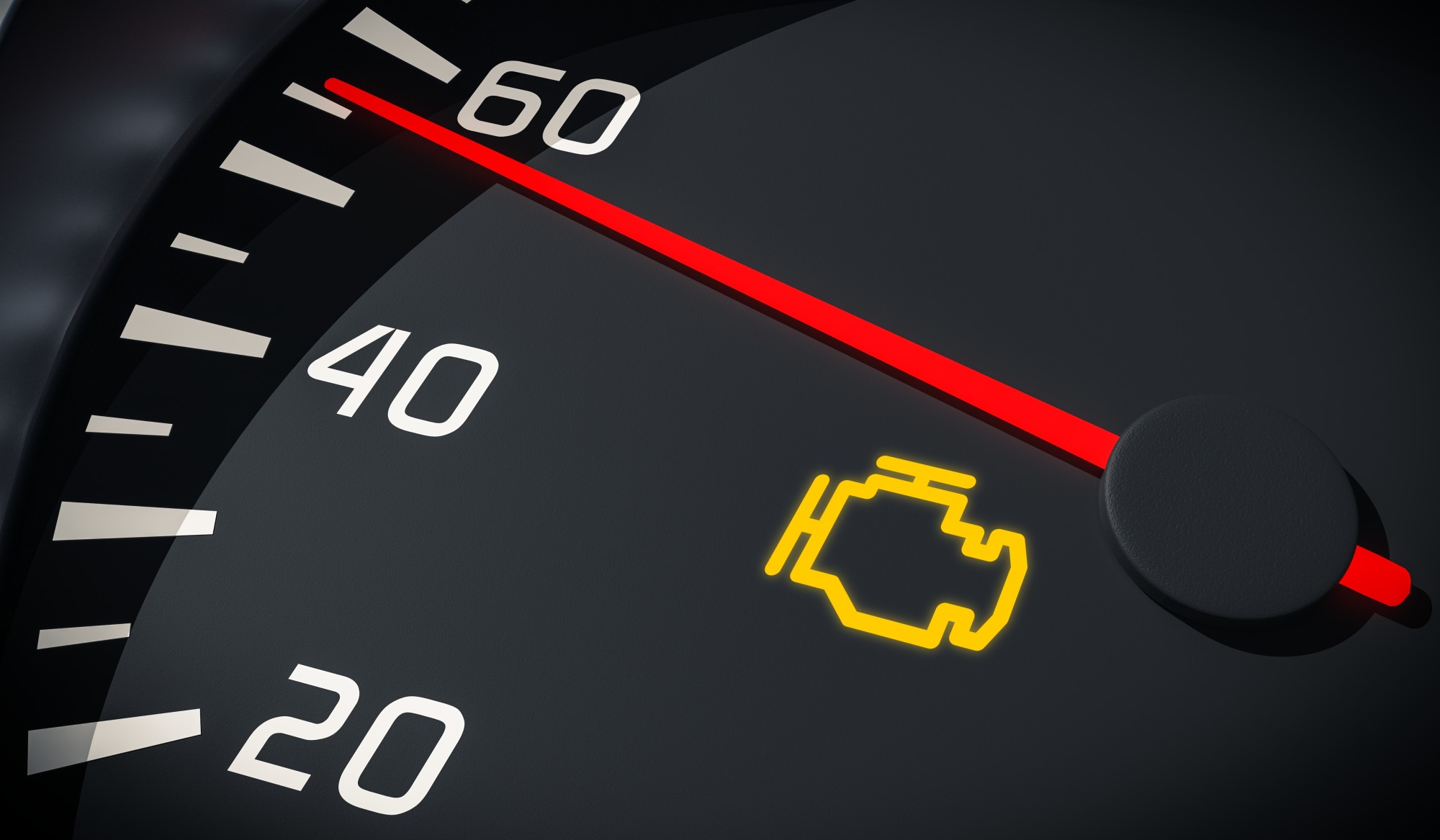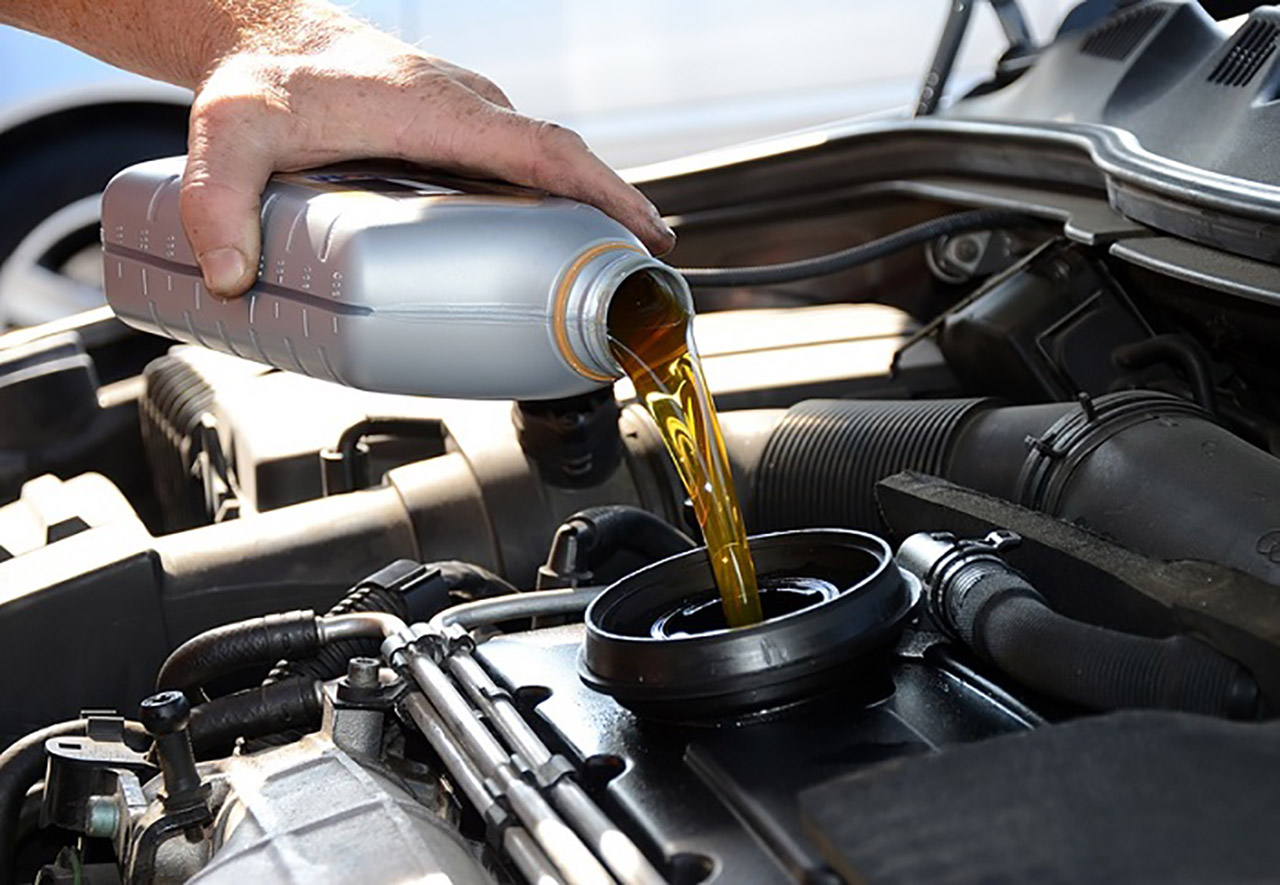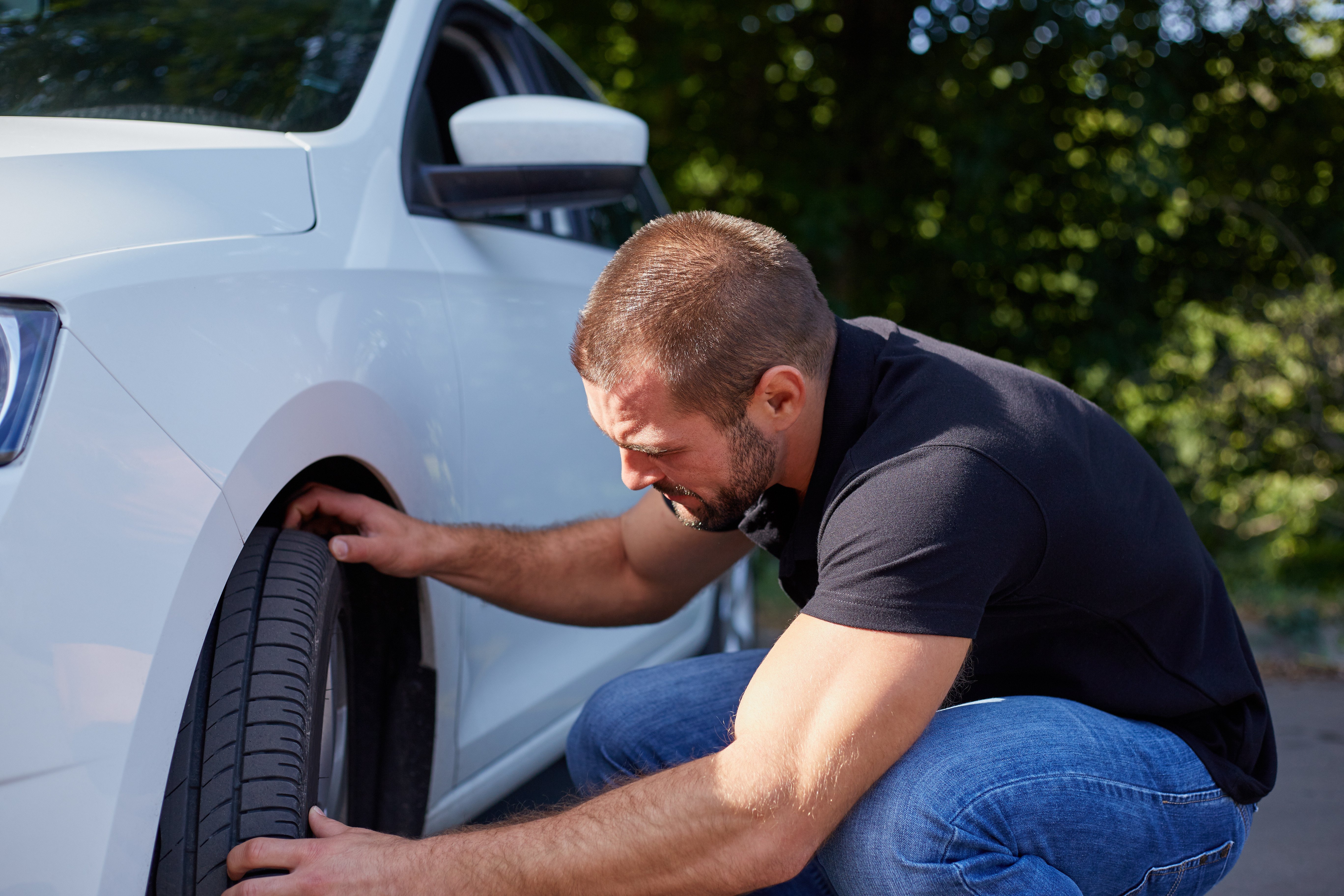Save Money: 5 Easy Projects for Your Car
Tinkering on your car may seem daunting. But almost anyone can perform some key vehicle maintenance tasks on their own when armed with the right tools, some basic know-how and a bit of patience.
Here are five simple DIY projects that will not only keep your car running smoothly and efficiently, but also keep more of your hard-earned cash in your pocket. This isn’t a step-by-step guide, but a collection of helpful expert tips that will make these jobs easier to accomplish than you probably think, even for a beginner.

So grab your tools, let’s get started.
- Change Your Oil
Providing your car’s engine with fresh oil and a new oil filter at the manufacturer's recommended interval is essential to keeping it running smoothly and ensuring a long lifespan. Fortunately, a DIY oil and filter change is easily within the grasp of most car owners.
First, check your car's owner's manual to identify the proper type and amount of oil to use. You'll need a new oil filter, too. Most auto parts stores can supply you with one designed to fit your engine. Additionally, you'll need a set of wrenches or sockets and a drain pan to collect the old oil as it empties from the engine. You should be able to loosen the oil filter by hand; if not, use a dedicated oil filter wrench to gain leverage. They are very inexpensive.
Before you begin, drive the car for 10-15 minutes to warm the engine up. This ensures the oil is runny enough to drain properly. Next, park the car securely on a level surface. If necessary, elevate it with jack stands or ramps to give you enough space to work. NEVER work under a car that is lifted only by a jack. If the jack fails, the car will come crashing down on you. If this happens your car’s oil will be the least of your worries.
- Replace the Engine and Cabin Air Filters
The job of the engine air filter is to make sure the car has plenty of clean air to breathe. The cabin air filter does the same for you. Over time, these filters can become clogged with leaves, dust and other contaminants, reducing airflow, engine efficiency and interior air quality. Luckily, replacing both filters is a snap.
The engine air filter is usually located within a black plastic casing near the front of the engine bay. Before removing the old filter, note its orientation. Clean out any debris remaining in the housing and insert the new filter, ensuring it fits snugly in the same position.
The cabin air filter is typically found inside the car, either behind the glove box or under the dashboard. Your owner’s manual should provide the specific location as well as directions for accessing it. Once located, gently open the filter compartment and slide out the old filter, again noting its orientation, wipe out any leftover material, place the new filter in the same orientation as the old one and close up the compartment. Now you and your car can breathe a little easier.

- Test and Replace Your Battery
A well-maintained car battery can last for years, but it’s important to test it every six months to ensure it’s holding a proper charge. Fortunately, testing and, if necessary, replacing the battery is something most DIYers can manage with some basic tools and safety precautions.
To test the battery, you'll need a multimeter or a dedicated car battery tester. Neither is very expensive. A healthy battery should measure about 12.6 volts. Anything significantly lower, and it's likely time for a replacement.
If your test indicates a new battery is needed, check your owner’s manual or consult with an auto parts store or dealer to find the correct type and size for your vehicle. For this job you'll need a set of wrenches and, since car batteries contain dangerous chemicals, some safety glasses and gloves.
With the engine off, start by disconnecting the cable attached to the old battery's negative terminal, usually marked with a black cap and a minus sign. Then proceed to the red-capped positive terminal. This order is important to prevent short circuits. Next, unfasten any clamps or brackets holding the old battery in place, and carefully lift it out of the car. Be careful, it’s heavy.
For safety reasons, it’s also important to install the new battery in exactly the reverse order. First secure it in the battery tray, then connect the cables to its positive and, lastly, the negative terminals.
- Change the Spark Plugs
Spark plugs wear out over time, leading to issues such as misfires and poor gas mileage. Changing them is well within the grasp of most DIYers equipped with a spark plug socket, a ratchet with an extension and a torque wrench.
You'll also need the new spark plugs, of course. Check your owner's manual for the correct type and number. In the past, it was necessary to set the gap of each new spark plug according to the manufacturer's specifications. These days most come pre-gapped.
Unlike an oil change, you'll want to begin this project with the engine cold. For safety, first, disconnect the battery by removing the negative terminal connector. We recommend working one plug at a time so it's easy to keep track of which connector goes where. Another tip is to take a picture of everything before you take it apart so you can use that as guide for reassembly.
Once a spark plug is removed, make sure you do NOT drop anything into the hole it leaves above the cylinder. When installing each new plug, first, hand-tighten it to prevent cross-threading, then use the torque wrench to tighten it to the torque specified in your owner's manual.
- Rotate Your Tires
Keeping your tires in top condition is essential for safety. It also maximizes their lifespan and enhances your car's performance, both on the road and at the gas pump.
Rotating your tires means swapping their positions on a regular basis to ensure they wear evenly over time. Most manufacturers recommend a change every 5,000 miles or with every oil change. The proper rotation pattern (e.g. front to back, side to side) differs from one model to the next, so check your owner's manual for your car's specific needs.
For this job, you’ll need a car jack, jack stands, a lug wrench and a torque wrench. But a battery powered impact wrench makes this job a lot quicker and easier. Park the car on flat ground and start by slightly loosening the lug nuts of all four wheels. Do not remove them until you lift the car with the jack and secure it on jack stands.
Once the car is safely off the ground, remove each wheel and move it to its new position according to the recommended pattern. Finally, re-mount the wheels and hand-tighten all lugs before lowering the vehicle and securing them with the lug wrench. Then use a torque wrench to tighten them to the manufacturers recommended torque rating. This last step is very important. You don’t want a wheel to come loose out on the highway.


